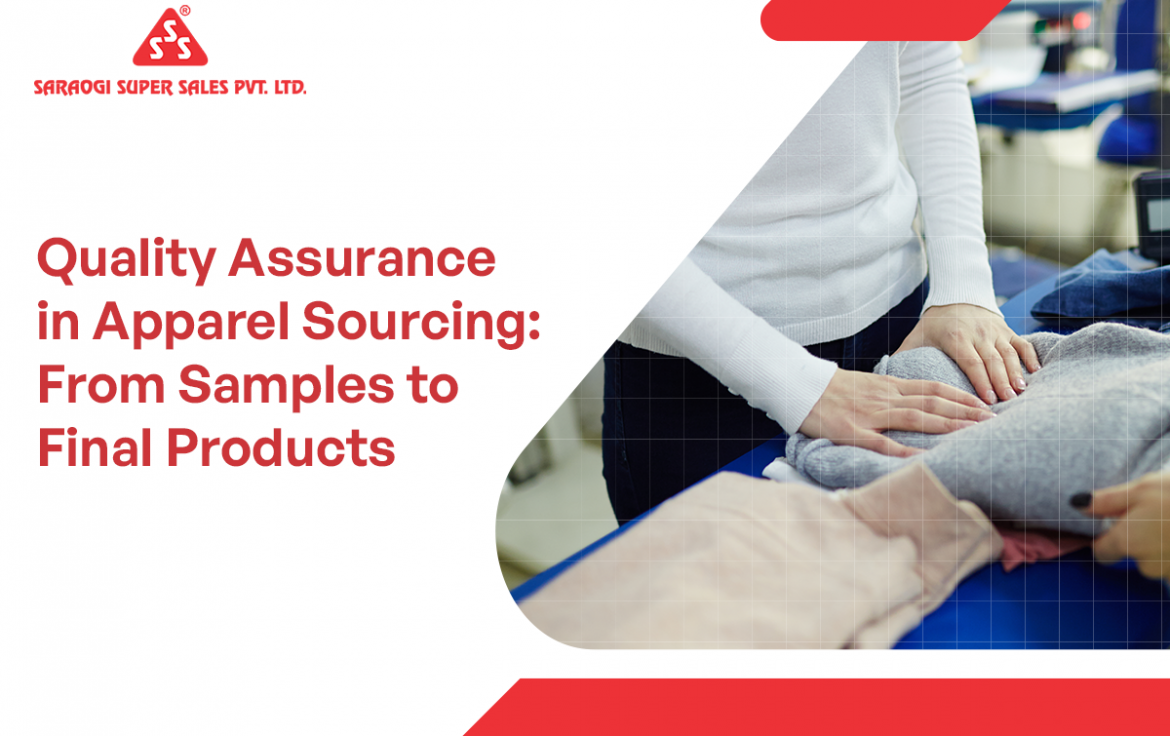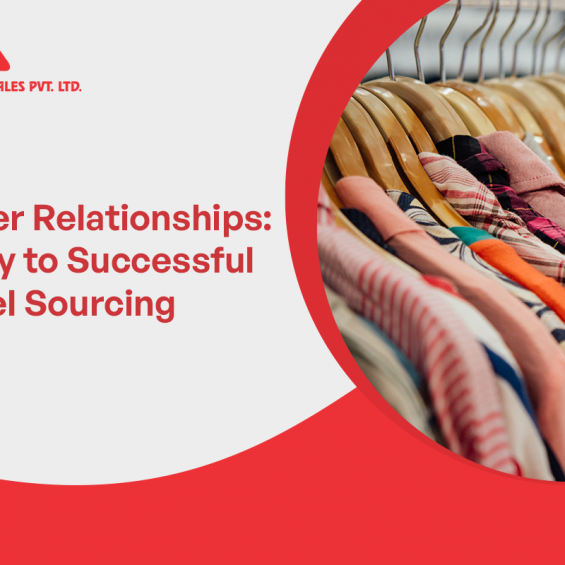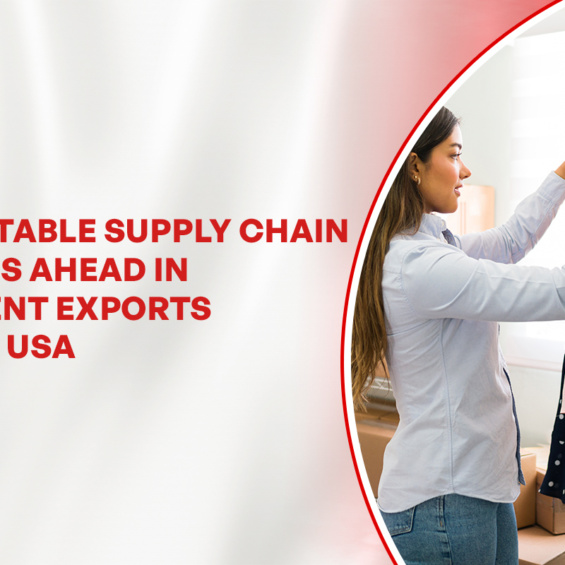Quality Assurance in Apparel Sourcing: From Samples to Final Products
Quality assurance is the backbone of clothing manufacturing. Consistently upholding high standards is crucial from the initial design concept to the finished output. In this thorough guide, a journey that covers every step from producing initial samples to releasing the finished goods onto the market, let’s delve into the complexities of quality assurance in apparel sourcing.
Striving for Perfection: How Can Clothing Production Guarantee Quality Assurance?
The journey of clothing production is comprised of multiple stages that call for careful attention at every stage. Each phase helps in quality control in garment sourcing, ensuring excellence in the final product. Let’s explore the latest trends and suppliers with apparel sourcing in the USA.
1. Design Phase
It begins in the design stage. Design accuracy, sample prototyping, quality of raw materials, and all other factors directly influencing the production or manufacturing process are examined critically.
2. Sourcing Materials
Materials are very important. Quality assurance focuses on fabrics, dyes, and other accessories that must conform to required standards and come from ethical sources.
3. Manufacturing
Quality control processes in manufacturing involve examining everything from precision sewing to the quality of zippers and fastenings.
4. Distribution
Quality control continues even after producing quality. Before a garment gets into the hands of an end-consumer, it’s tested to ensure it meets the set standards.
Why Opt For Quality Assurance in Garment Manufacturing? (H2)
Implementing robust quality assurance measures offers numerous advantages.
1. Improved Product Quality
Customers get the best products when garments are of high quality, and the probability of defects is minimized.
2. Customer Satisfaction
Satisfied customers are loyal customers. High-quality products always have the ability to boost customers’ satisfaction and brand loyalty.
3. Brand Reputation
Quality is a core characteristic of an organization, leading to a strong reputation. They naturally lead to positive word-of-mouth marketing and loyal customers.
4. Reduced Cost
It helps to reduce waste due to the right measurements or materials used, ultimately reducing cost.
What Are Some Common Techniques for Quality Assurance?
Different ways of attaining quality control in apparel textile sourcing in the USA exist. Following is a compilation of the industry’s most prevalent techniques employed for quality control.
1. Inspection
It is one of the most widely used methodologies that involves reviewing finished goods before shipping them off to confirm that they meet the agreed-upon criteria set forth by the customer. Buyers have specified standards for each unit within which these samples are taken and tested to verify if they meet their standards.
2. Testing
This involves physical attributes like material thickness, weight, and width. Furthermore, it includes testing colors against color standards, checking seam straightness, and testing the performance of elements such as zippers. It may also undergo several tests, including dyes, washing, etc.
3. Sampling
Sampling is taking a portion of the larger sample for defect inspection before starting mass production. It ensures each batch is produced according to the right formula and maintains consistency during the bulk production of goods.
4. Statistical Process Control (SPC)
SPC comprises the stages of fabric cutting followed by garment sewing, packing, and getting it ready for shipping. This technique is used at every step in the process of manufacturing in order to meet control quality standards.
5. Audits
An audit is an independent examination that is carried out externally. The process includes an analysis of the records, documents, and other relevant data regarding the production processes to measure the extent of conformity with certain standards or requirements imposed by law.
Also read : Supplier Relationships: The Key To Successful Apparel Sourcing
Saraogi Super Sales: Pioneering Quality and Responsibility in Apparel Sourcing
In the fast-paced world of apparel sourcing, striving for excellence extends beyond making flawless clothing. From establishing cutting-edge ethical to environmental practices, Saraogi Super Sales has redefined apparel sourcing in the USA as a global exporter. Throughout the sourcing process, it raises standards, provides quality, and develops accountability in business. The focus on quality enables the provision of goods of better quality, thereby promoting customer loyalty and a positive image.
What is quality assurance in apparel industry?
What is sourcing process in apparel industry?
The sourcing process in the apparel industry involves identifying, evaluating, and selecting suppliers to obtain the necessary materials and services for clothing production, ensuring they meet quality, cost, and ethical standards.
How to ensure the quality of the product in garment industry?
Specializing in sourcing and exporting
a wide range of garments and apparel







